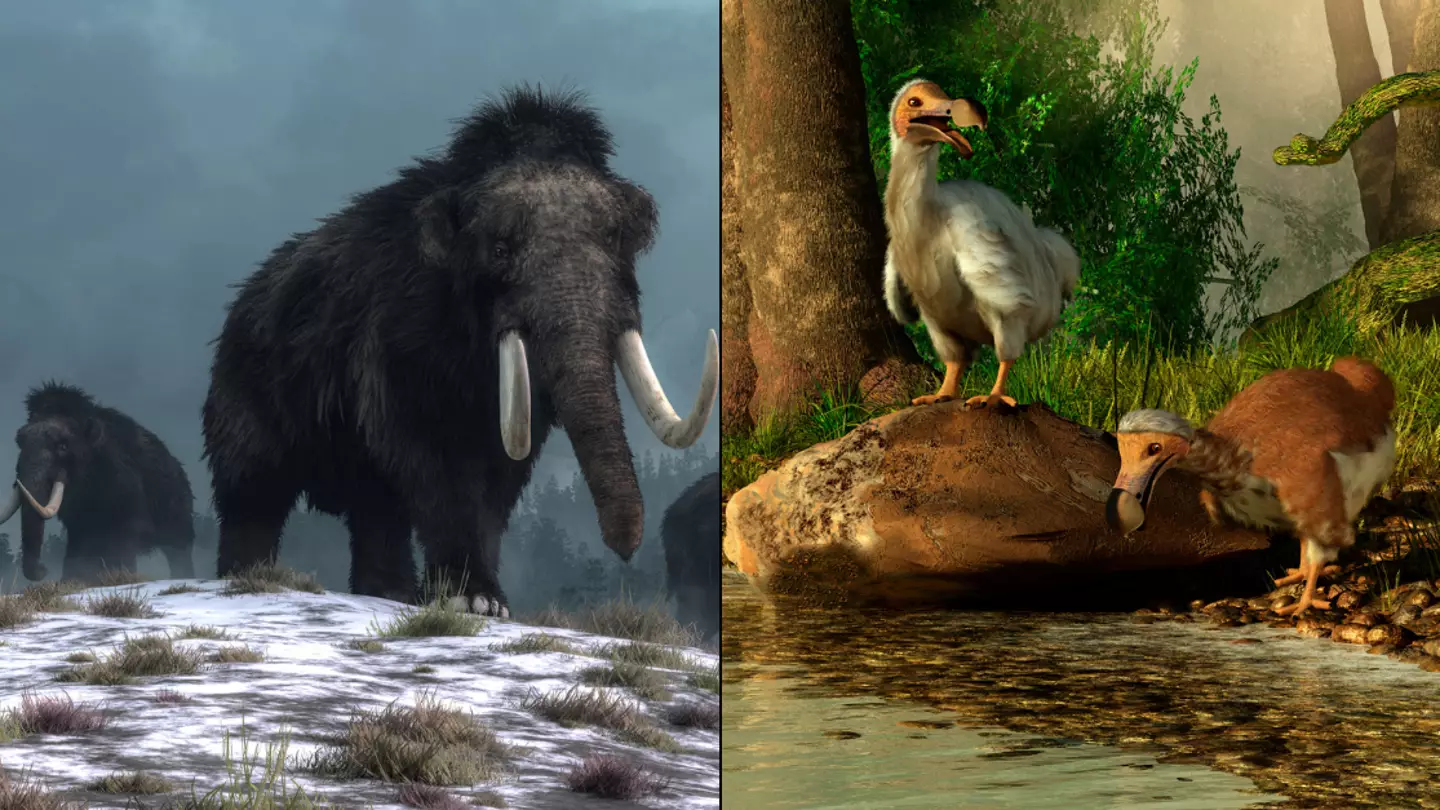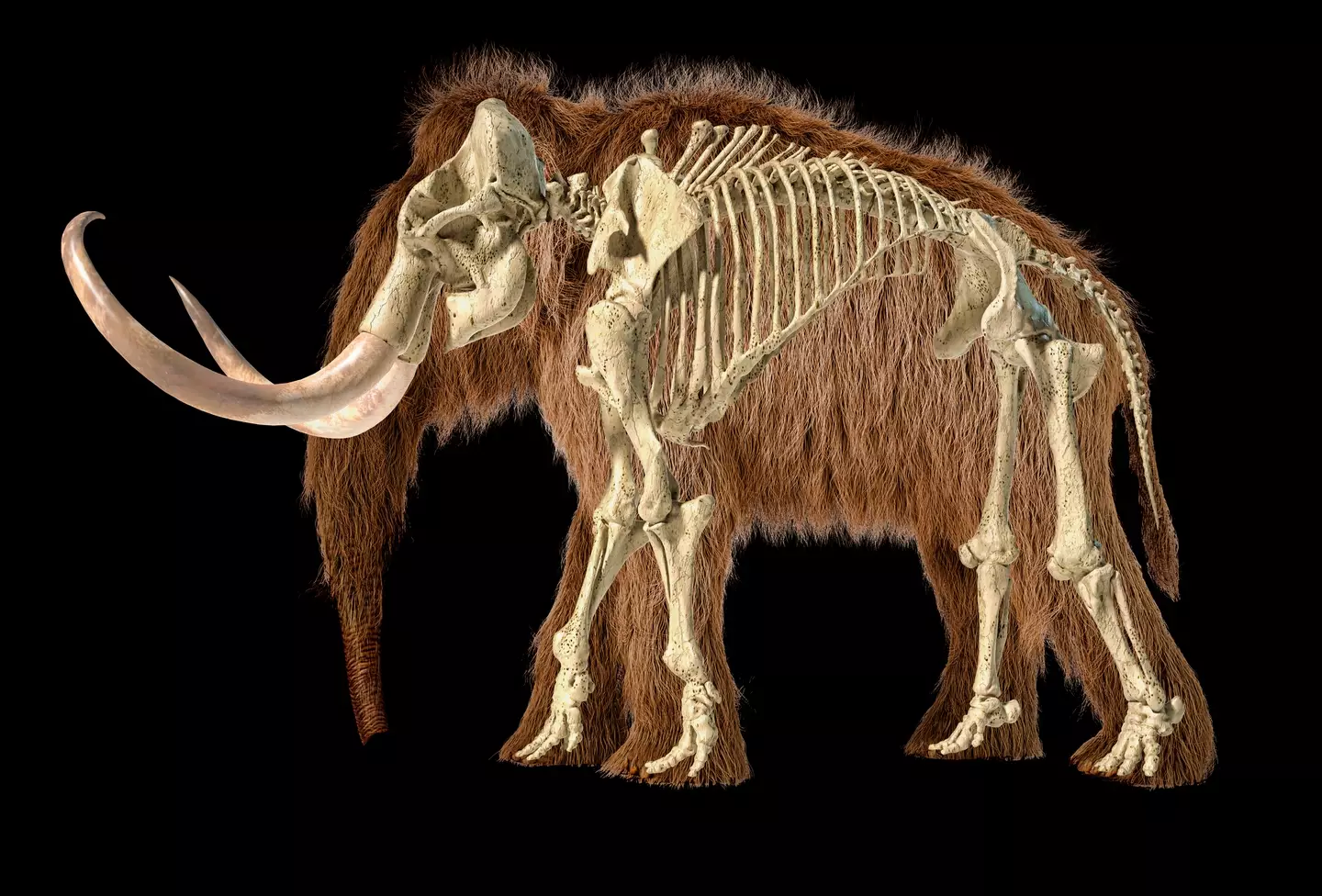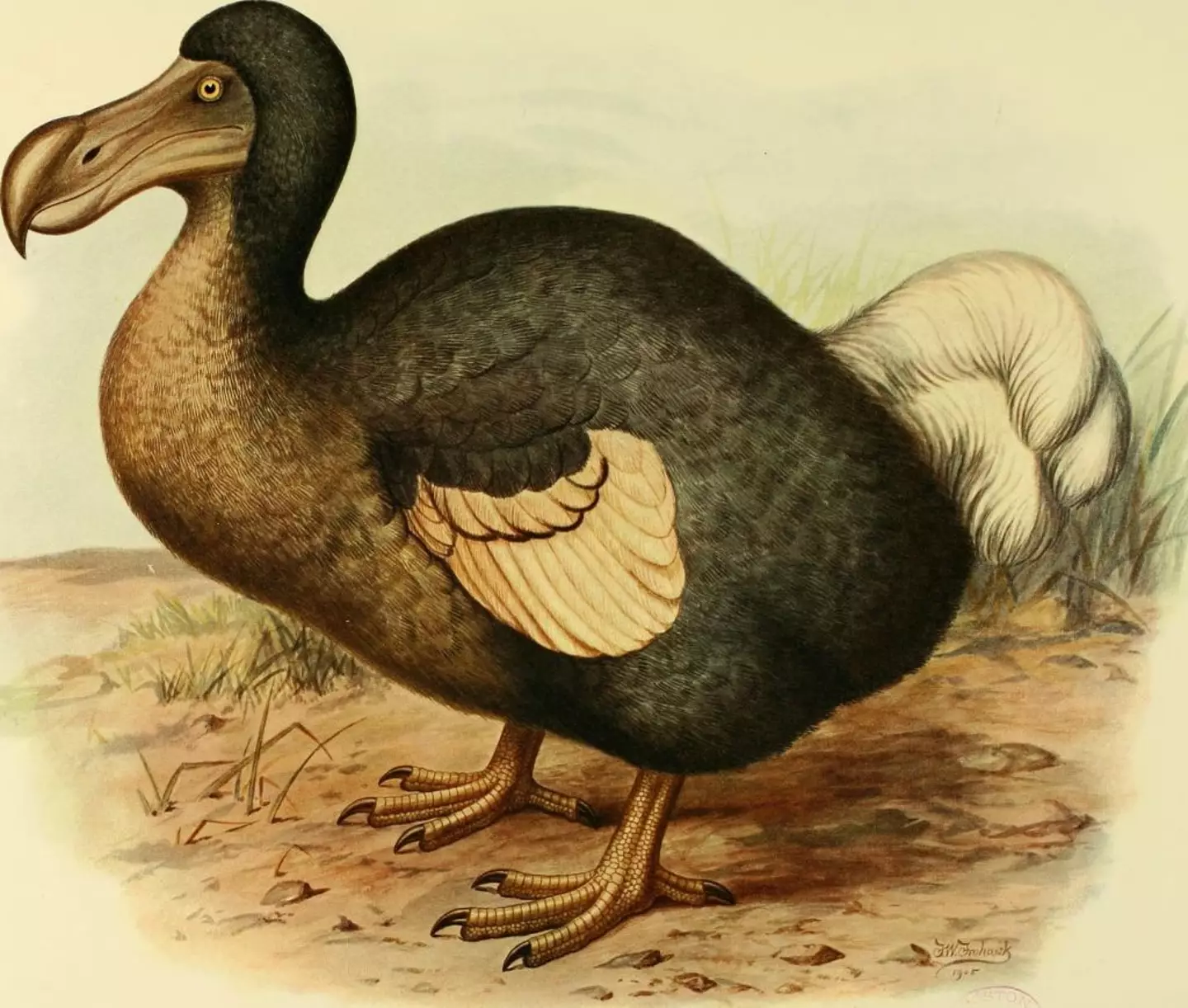
If the Jurassic Park films have taught us anything, it's that bringing extinct creatures back to life is a bad idea - a really bad one.
But has that stopped a group of scientists from planning to do it?
Absolutely not.
That's right, a 'de-extinction' firm based in the US is planning to use Jurassic Park-style technology to a number of animals that roamed the Earth during the Ice Age.
Advert

Scientists at Texas-based Colossal Biosciences have managed to create elephant stem cells that can be developed into any tissue in the body.
This is a massive technological breakthrough that could lead to the recreation of species that have long been extinct - of which they are '100% confident' of.
The firm has already announced its plans to resurrect the Tasmanian tiger - which is thought to have died out more than 3,000 years ago - as well as dodos and wooly mammoths.
If all goes to plan, we won't even have to wait that long to see them, with the scientists claiming the creatures could be 'de-extinct' within a decade.
Advert
And they aren't just stopping at known animals, as recently discovered DNA samples could allow them to recreate animals so primeval we have no idea what they look like, as per The Daily Mail.
The parallels with the 1993 horror movie, in which mosquito DNA trapped in amber was used to create dinosaurs, are getting ever closer - and we all know how that turned out.

However, co-founder Ben Lamm told Sky News that it's more like a 'reverse Jurassic Park', adding: "In the film, they were filling in the holes in the dinosaur DNA with frog DNA.
"We are leveraging artificial intelligence and other tools to identify the core genes that make a mammoth a mammoth and then engineering them into elephant genomes."
Advert
He also said that amber, which in the film contained the fossilised mosquitos, is not a 'good holder of DNA' - so minor plot point there.
As well as bring extinct animals back to life, however, Lamm said that their research will also bring about crucial benefits for the preservation of others.
Appearing on the Net Hero podcast, he explained how 'de-extinction' can help with species preservation and restore endangered ecosystems.

"When a keystone species is removed from the environment, the environment starts to change," he said.
Advert
"Re-wilding of the wolves, for example. They got rid of the wolves because of the fear that predators are bad. But apex predators and large herbivores are incredibly important to the ecosystem.
"If you remove a predator, there’s less animals because everything gets out of balance."
He continued: "Nature has an incredible way of balancing the ecosystem and a more balanced ecosystem has a higher rate of oxygen and nitrogen turnover.
"A balanced ecosystem has incredible ways of sequestering carbon and in some cases, even methane in the Arctic.
"So we want to help preserve keystone species that are in danger of going extinct today and we also want to bring back keystone species that have been lost to help revitalise those ecosystems."
Advert
In regards to their progress, Lamm says they are 'are well into the editing phase', and feel 'very good' that the return of the wooly mammoth will be in 2028.
Fingers crossed.
Topics: Science, Technology, Animals
